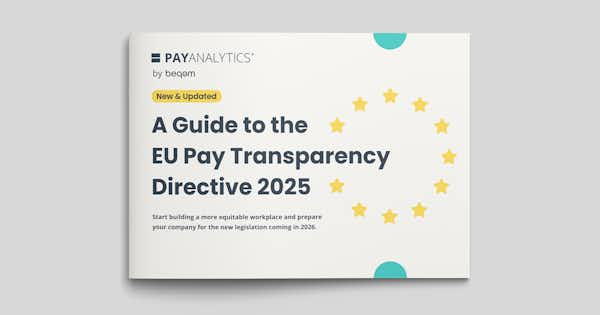A Guide to the EU Pay Transparency Directive 2025 | Download our eGuide for free

Why Companies' Attempts to Close the Gender Pay Gap Often Fail
PayAnalytics co-founders David Anderson and Margrét V. Bjarnadóttir wrote an article together with Cristian Dezso and David Gaddis Ross for Harvard Business Review about closing the gender pay gap.
Gender pay equity has become a big point of contention at many companies. Not only have politicians and other public figures spoken out against the gender pay gap, but there has also been a rising tide of high profile lawsuits targeting major employers, most notably in the U.S., with all the bad publicity and financial liability they entail.





